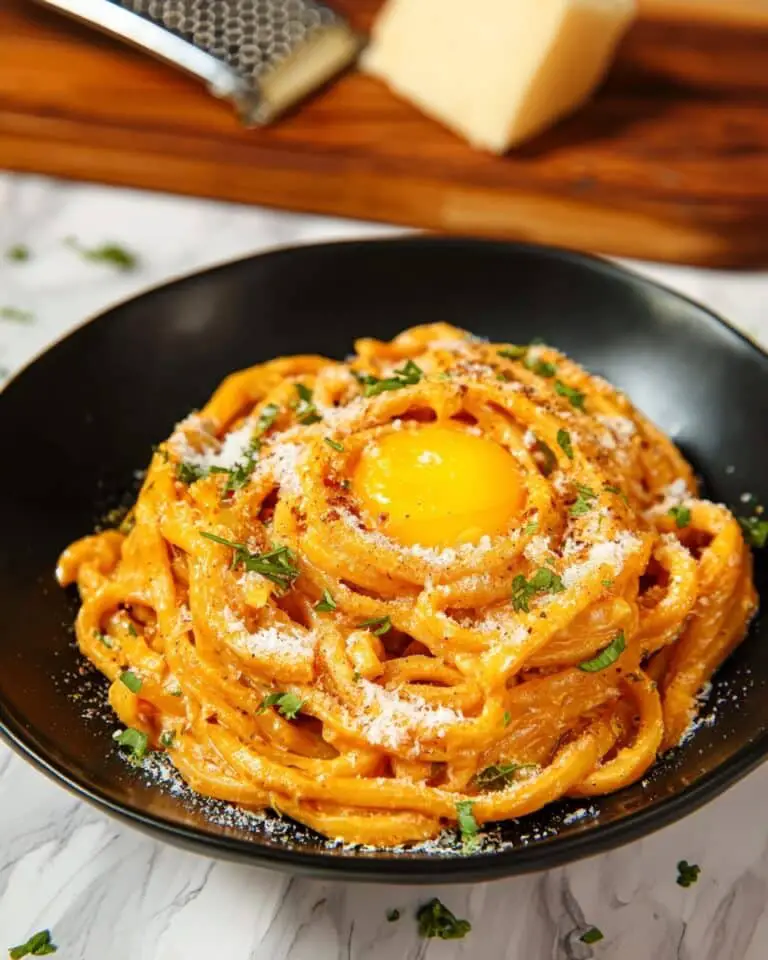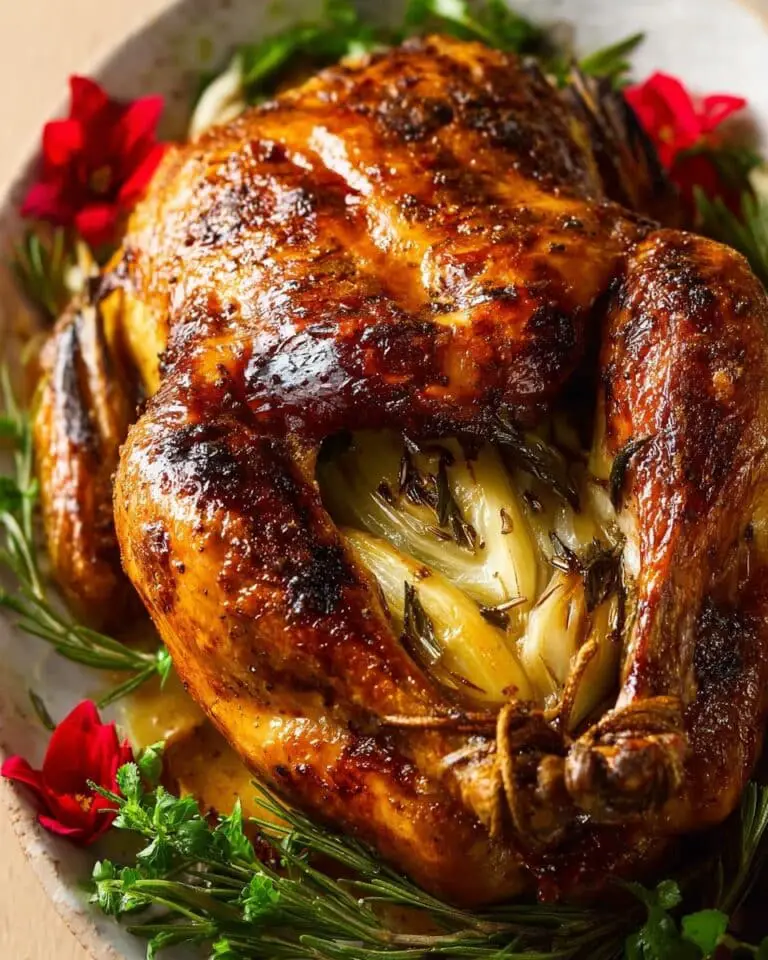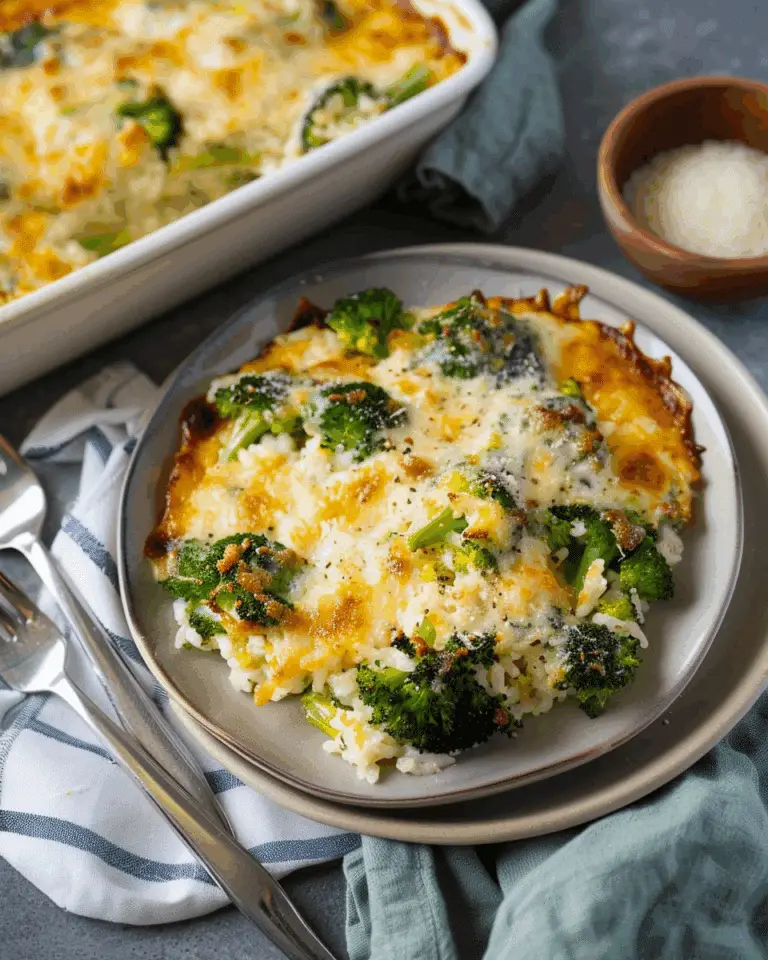“`html
If you’ve ever dreamed of pulling warm, golden, soft pretzels fresh from your own oven, you are going to love this Homemade German Pretzels Recipe. It’s a hands-on adventure that nourishes your soul as much as your taste buds, combining a simple dough, a magical baking soda bath, and some careful shaping to deliver perfectly chewy pretzels with that signature shiny, deep brown crust you only find in Germany’s best bakeries. Whether you’re hosting a cozy gathering or craving a snack that beats any store-bought pretzel, this recipe brings the joy of a timeless tradition right to your kitchen.
Ingredients You’ll Need

Getting started with this Homemade German Pretzels Recipe is easier than you think. The ingredients are straightforward and basic, but each one plays an essential role in developing the dough’s texture, flavor, and that nostalgic golden crust everyone loves.
- 1 ½ oz active dry yeast (4 1/2 teaspoons): This is what makes the dough rise beautifully and gives pretzels their airy chew.
- 1 cup lukewarm water (110-115°F): Perfect temperature to activate the yeast without killing it.
- 4 cups all-purpose flour: The backbone of your dough, providing structure and that satisfying chew.
- 2 teaspoons salt: Enhances flavor and balances the sweetness.
- 1 teaspoon granulated sugar: Feeds the yeast, helping it bloom with life and lightness.
- 3 tablespoons unsalted butter: Adds richness and tender softness to the pretzel dough.
- Coarse salt for sprinkling: For that classic salty crunch on the finished pretzels.
- 2 quarts water (for soda bath): Creates the perfect environment for the baking soda to work its crust magic.
- ½ cup baking soda: The secret ingredient in the water bath that gives pretzels their distinctive brown, shiny crust.
How to Make Homemade German Pretzels Recipe
Step 1: Activate the Yeast
Begin by dissolving the active dry yeast in lukewarm water. This step wakes up the yeast so it can start doing its important job — helping your dough rise beautifully. Let it sit until it becomes bubbly and fragrant, around 15 minutes.
Step 2: Combine Dry Ingredients and Start Dough
While the yeast is activating, mix together your flour and salt in a large bowl. Make a well in the center, add the sugar, and carefully pour in your yeast mixture. This layering keeps everything balanced as the dough starts forming.
Step 3: Add Butter and Knead
Next, add the softened butter to your bowl. Knead the dough until it’s smooth and elastic — about 6 minutes if you use a mixer with a dough hook. If the dough feels a bit dry, you can add a tablespoon of water little by little. When it pulls together smoothly, cover and let it rest for 30 minutes to relax and rise.
Step 4: Shape Your Pretzels
Divide the dough into 12 equal parts. Roll each piece into a long rope around 20 inches, tapering the ends slightly. This length is key for creating those beautiful classic pretzel shapes. Form each rope into a “U,” twist the ends twice, then fold them down to meet the base of the “U.” Each pretzel should be shaped with care but don’t stress — the imperfect charm makes them irresistible!
Step 5: Chill for Skin Formation
Pop your shaped pretzels into the fridge uncovered for about an hour. This step might surprise you but it develops a slightly drier surface, helping the pretzels soak up the soda bath better and form that signature shiny strong crust.
Step 6: Prepare the Baking Soda Bath
Fill a large pot with water and bring it to a rolling boil. Slowly and carefully add the baking soda — expect a vigorous bubbling reaction that’s completely normal. With a slotted spoon, dip each pretzel into the bath for 10 seconds on each side. This quick dip is critical for that authentic crunch and color.
Step 7: Score, Salt, and Bake
Place the pretzels on a parchment-lined baking sheet. Using a sharp knife or razor, score the dough lightly, just like a baguette. Then sprinkle generously with coarse salt. Bake in a preheated 400°F oven for 15 to 20 minutes until they reach a dark golden brown. Keep an eye on them — that rich crust is the hallmark of an outstanding pretzel.
How to Serve Homemade German Pretzels Recipe

Garnishes
A sprinkle of coarse salt is classic, but feel free to get creative! Try sesame seeds, poppy seeds, or even a light brush of melted butter right out of the oven for extra shine and flavor complexity.
Side Dishes
Pretzels pair wonderfully with mustard — spicy, honey, or classic German-style. Cheese dips are another perfect match, especially creamy beer cheese or sharp cheddar. For a heartier snack, serve with sauerkraut or a simple salad for a refreshing balance.
Creative Ways to Present
Arrange a basket of warm pretzels alongside small bowls of various dips for a casual party setup. Or slice them open and fill with ham, cheese, or your favorite sandwich fillings for an irresistible pretzel sandwich. Homemade German Pretzels Recipe also shine alongside a cold beer or sparkling cider for an authentic Bavarian vibe.
Make Ahead and Storage
Storing Leftovers
Leftover pretzels are best stored at room temperature in a paper bag to retain their crust. Avoid plastic as it traps moisture and makes pretzels rubbery. They stay good for up to two days, but fresh is always best!
Freezing
You can freeze unbaked shaped pretzels by arranging them on a baking sheet, freezing until solid, then transferring to a freezer bag. When you’re ready to bake, thaw in the fridge overnight and proceed with the soda bath and baking steps for freshly baked goodness any time.
Reheating
Reheat pretzels in a 350°F oven for 5 to 10 minutes wrapped in foil to gently restore warmth and softness. For a crisper crust, remove the foil during the last few minutes, but beware of over-drying.
FAQs
Can I use instant yeast instead of active dry yeast?
Absolutely! Instant yeast can be mixed directly with the flour without proofing in water first. Just keep in mind it tends to work faster, so watch your dough rising closely to avoid over-proofing.
Why do pretzels get boiled in baking soda water?
That brief dip causes a chemical reaction on the surface of the dough that darkens and crisps the crust during baking, giving pretzels their unique flavor and shiny appearance.
What should I do if my pretzels tear while rolling?
If your dough tears, it might be too warm or overworked. Chill it briefly in the fridge and roll gently to avoid stretching the gluten too much. Keeping the dough cool helps maintain its elasticity.
Is it necessary to refrigerate pretzels before baking?
Refrigeration creates a skin on the dough’s surface that helps the soda bath stick better, leading to a more vibrant crust. It’s a small step that makes a noticeable difference and is highly recommended.
How can I make my pretzels softer?
For softer pretzels, brush melted butter over them right after baking and cover them loosely with foil to trap moisture. Also, avoid letting the pretzels bake too long, as a darker crust can mean a chewier texture.
Final Thoughts
Now that you have this wonderful Homemade German Pretzels Recipe, I encourage you to embrace the process, get your hands a little doughy, and enjoy every moment from mixing to baking. There is truly nothing like the smell of these delicious pretzels filling your kitchen and the joy of biting into a warm, fresh soft pretzel you made yourself. Happy baking, my friend!
“`
PrintHomemade German Pretzels Recipe
Enjoy the authentic taste of homemade German pretzels with this traditional recipe featuring a soft, chewy interior and a dark, crispy crust formed through a quick baking soda bath and oven baking. Perfect as a snack or accompaniment to your favorite German fare, these pretzels deliver café-quality flavor right from your kitchen.
- Prep Time: 50 minutes
- Cook Time: 20 minutes
- Total Time: 1 hour 10 minutes
- Yield: 12 pretzels
- Category: Bread
- Method: Baking
- Cuisine: German
Ingredients
Dough
- 1 ½ oz active dry yeast (4 1/2 teaspoons or 2 packages)
- 1 cup lukewarm water (110-115°F)
- 4 cups all-purpose flour
- 2 teaspoons salt
- 1 teaspoon granulated sugar
- 3 tablespoons unsalted butter, softened
- Coarse salt for sprinkling
Soda Bath
- 2 quarts water
- ½ cup baking soda
Instructions
- Activate the yeast: Dissolve the active dry yeast in lukewarm water (110-115°F). In a large mixing bowl, combine the flour and salt, then create a well in the center. Add the granulated sugar into the well and pour the yeast mixture over it. Let this mixture rest for 15 minutes to allow the yeast to activate and start foaming.
- Make the dough: Add the softened unsalted butter to the bowl. Knead the mixture using a stand mixer fitted with a dough hook at speed #2 for about 6 minutes until the dough becomes smooth. Add approximately one tablespoon of water if needed to bring the dough together. Remove the dough hook and let the dough rest, covered, for 30 minutes to allow fermentation.
- Shape the pretzels: Divide the dough into 12 equal portions. Roll each portion on an unfloured surface into a 20-inch rope, tapering the ends. Form each rope into a pretzel by shaping a “U,” crossing the ends twice to create a twist, then folding the twist down over the bottom curve of the “U.” Place the formed pretzels on a parchment-lined baking sheet.
- Chill the pretzels: Refrigerate the pretzels uncovered for about 1 hour. This resting period helps form a dry skin on the dough, which improves the uptake of the baking soda bath and produces a shiny crust.
- Preheat and prepare soda bath: Preheat your oven to 400°F. In a large stockpot or pasta pot, bring 2 quarts of water to a boil. Slowly add ½ cup baking soda to the boiling water with caution, allowing the water to bubble vigorously and then settle.
- Boil the pretzels: Using a slotted spoon, gently dip each pretzel into the baking soda bath for 10 seconds, flip it, and submerge for another 10 seconds. Remove and place them back onto the parchment-lined baking sheet.
- Score and salt: Using a razor blade or sharp knife, make a single shallow cut on each pretzel, similar to a baguette score. Sprinkle generously with coarse salt.
- Bake: Bake the pretzels in the preheated oven for 15 to 20 minutes or until they reach your preferred dark golden-brown crust—20 minutes is recommended for a classic rich crust.
Notes
- Ensure the water for yeast activation is not too hot to avoid killing the yeast; 110-115°F is ideal.
- Do not flour the surface for rolling out the dough to maintain the correct texture for shaping.
- Chilling the shaped pretzels before the soda bath enhances crust formation and baking results.
- Use caution when adding baking soda to boiling water due to vigorous bubbling.
- The scoring on the pretzels is essential for proper oven spring and a classic pretzel look.
- Adjust baking time slightly depending on oven variations and desired crust darkness.








